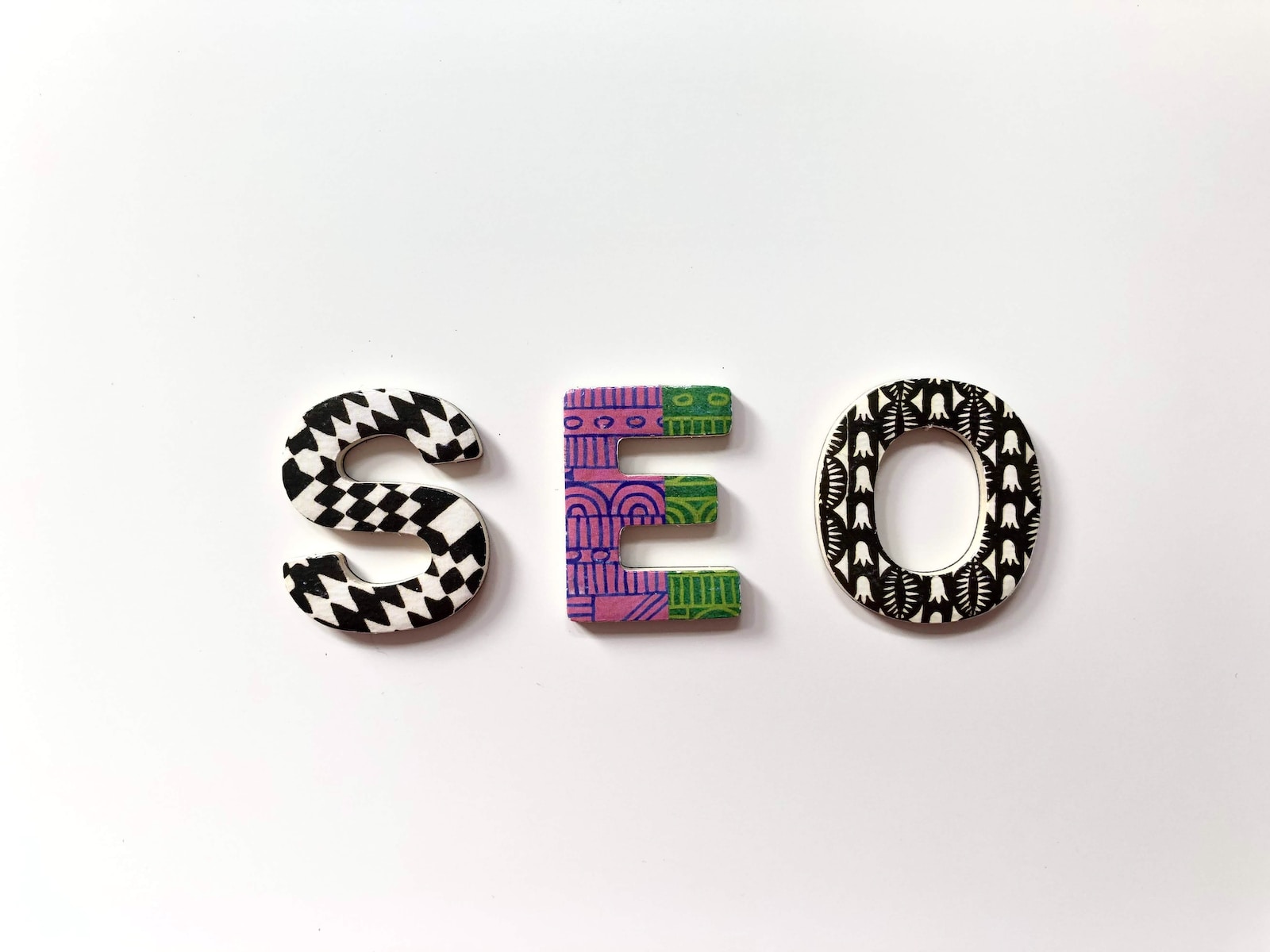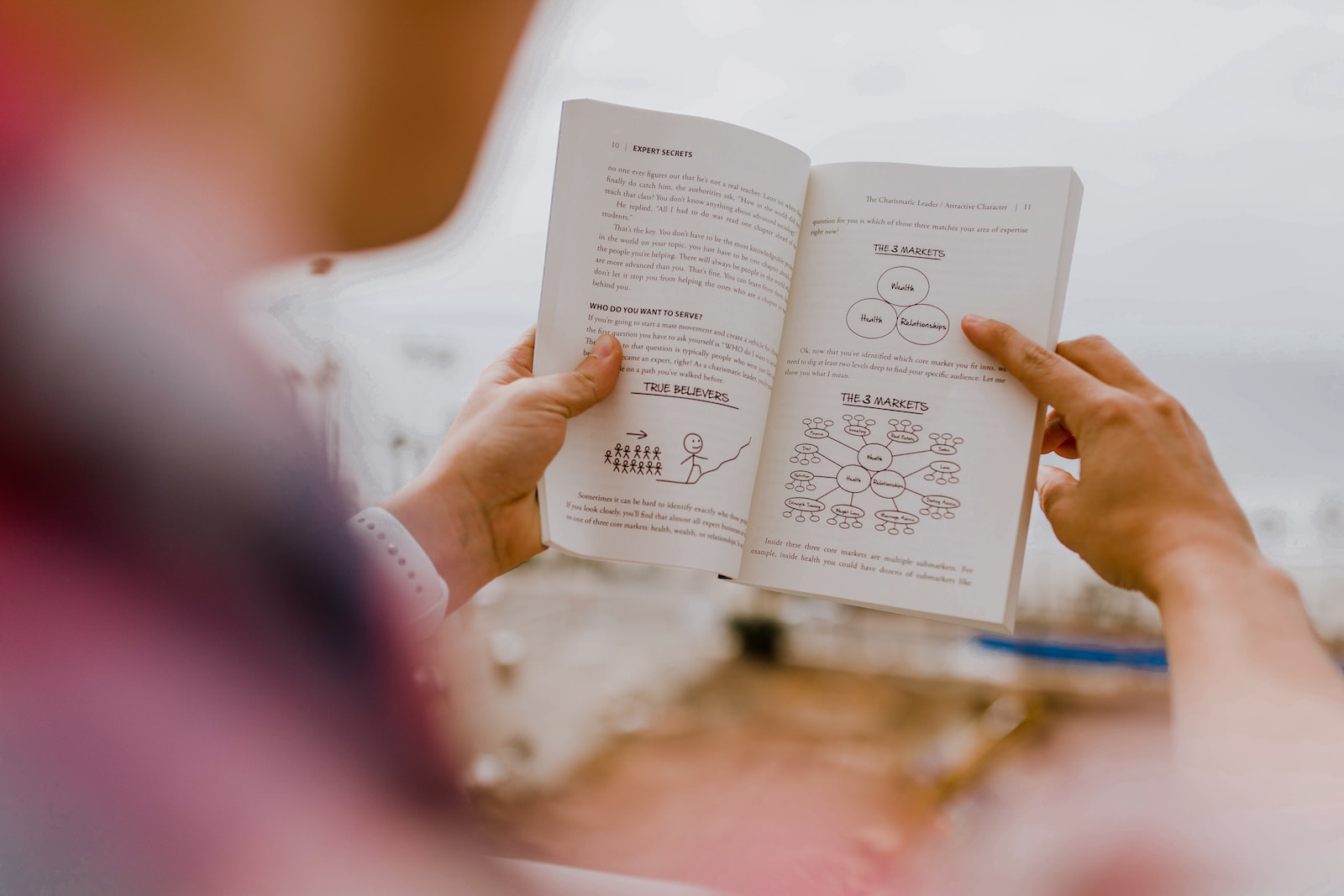The Ultimate Checklist For Seo Content Writing
In the world of digital marketing, crafting content that both captivates readers and ranks highly in search engine results is the ultimate goal. But how can one achieve this delicate balance? Enter ‘The Ultimate Checklist for SEO Content Writing’.
This comprehensive guide serves as a roadmap for content creators and SEO specialists alike, providing valuable insights and strategies to optimize search rankings and engage audiences.
Just as a skilled artist uses different brushes and techniques to create a masterpiece, an SEO content writer employs a variety of tactics to enhance their content’s performance. From strategically placing high-volume keywords in page titles to structuring headings in a way that tells a compelling story, each element plays a crucial role in enticing readers and search engines alike.
But it doesn’t stop there. Creating user-friendly content that addresses the needs of the target audience is paramount. By tailoring the content to meet the expectations of visitors and incorporating internal links, the writer ensures that readers remain engaged and satisfied.
Additionally, optimizing visual elements such as images with ALT tags and compressed file sizes can further boost SEO performance. And let’s not forget the importance of a clear call to action, guiding readers towards desired actions.
By following this ultimate checklist, content creators can produce SEO-friendly masterpieces that exceed visitors’ expectations and propel their rankings to new heights.
Key Takeaways
– Importance of page title in search rankings
– Use high-volume keywords at the beginning of the title
– Avoid keyword stuffing and unnecessary company/website name
– Focus on variations of the keyword to define content expectations
SEO Page Titles
The importance of SEO page titles in search rankings is highlighted in the Ultimate Web Content Writing Checklist. It emphasizes the use of high-volume keywords at the beginning of the title, the avoidance of keyword stuffing and unnecessary company/website names, and the focus on variations of the keyword to define content expectations.
An SEO content writer or specialist would write content with a strong emphasis on strategically incorporating relevant keywords and phrases to optimize search engine rankings. They would ensure that the content is easy to read and understand for the audience, providing valuable information and addressing their needs effectively.
Additionally, an SEO content writer would pay attention to the formatting of the content, using headings, subheadings, bullet points, and other formatting techniques to enhance readability and SEO performance. Optimizing meta descriptions and the importance of keyword research are key components of SEO page titles.
Keyword Placement
Keyword placement is a crucial factor to consider in optimizing web content for search engine rankings. An SEO content writer or specialist would write content with a strong emphasis on strategically incorporating relevant keywords and phrases to optimize search engine rankings. To achieve this, they would focus on the following:
1. Long tail keyword optimization: Long tail keywords are specific phrases that target a niche audience. By optimizing content with long tail keywords, the writer can attract highly relevant traffic and increase the chances of ranking higher in search results.
2. Effective anchor text usage: Anchor text refers to the clickable text in a hyperlink. SEO content writers use relevant keywords in anchor text to provide context and improve search engine visibility for both the linked page and the keyword itself.
3. Proper keyword placement: An SEO content writer understands the importance of placing keywords in key areas such as the first 100 words, titles, headings, anchor text, and URLs. These strategic placements signal to search engines what the content is about and increase its chances of ranking well.
4. Balancing keyword usage: While keywords are essential for SEO, overusing them can lead to keyword stuffing, which negatively impacts user experience and search rankings. An SEO content writer ensures a balanced approach to keyword usage, focusing on providing valuable information and addressing the needs of the audience.
Structuring Headings
To effectively organize information and guide readers through the content, a well-structured heading system serves as a roadmap, allowing them to navigate effortlessly and comprehend the material without feeling overwhelmed or lost in a labyrinth of information. Properly structuring headings is crucial for SEO optimization and user experience. When creating headings, it is important to consider the hierarchy and logical flow of information. Start with a main heading (H1) that accurately summarizes the content and includes relevant keywords. Subheadings (H2, H3, etc.) should be used to divide the content into manageable sections and further emphasize key points. By following best practices for organizing content headings, such as using descriptive and keyword-rich headings, content writers can enhance SEO performance, improve readability, and make it easier for both search engines and readers to understand the content.
Engaging Visuals
Engaging visuals play a crucial role in capturing and maintaining the attention of readers, enhancing the overall user experience, and increasing the likelihood of content being shared and consumed.
An SEO content writer or specialist would write content with a strong emphasis on strategically incorporating relevant keywords and phrases to optimize search engine rankings. They would ensure that the content is easy to read and understand for the audience, providing valuable information and addressing their needs effectively.
An SEO content writer would also pay attention to the formatting of the content, using headings, subheadings, bullet points, and other formatting techniques to enhance readability and SEO performance.
Optimizing images and using graphics effectively are important aspects of engaging visuals in SEO content writing.
Quality Content
The production of high-quality content is crucial for effective online communication and establishing credibility with readers. An SEO content writer or specialist strategically incorporates relevant keywords and phrases to optimize search engine rankings. They ensure that the content is user-friendly, providing valuable information and addressing the needs of the audience effectively.
Content evaluation plays a significant role in determining the success of a piece. It involves assessing the relevance, accuracy, and comprehensiveness of the information provided.
Content optimization is another important aspect of SEO content writing. It involves optimizing the content for search engines by strategically placing keywords in the title, headings, anchor text, and URL. Additionally, an SEO content writer pays attention to the formatting of the content, using headings, subheadings, bullet points, and other formatting techniques to enhance readability and SEO performance.
Frequently Asked Questions
How can I optimize my SEO page titles for better search rankings?
To optimize your SEO page titles for better search rankings, it is crucial to focus on two key factors: optimizing meta tags and choosing the right keywords.
Start by strategically incorporating relevant keywords and phrases into your page titles. This will help search engines understand the content of your page and improve its visibility.
Additionally, ensure that your page titles are user-friendly by providing valuable information and addressing the needs of your audience effectively.
Finally, optimize the formatting of your content using headings, subheadings, and bullet points to enhance readability and SEO performance.
What are the best practices for keyword placement in my content?
Keyword research and on-page optimization are essential best practices for keyword placement in content. An SEO content writer or specialist focuses on strategically incorporating relevant keywords and phrases to optimize search engine rankings. They also prioritize user-friendly content by providing valuable information and addressing the needs of the audience effectively.
Optimized formatting, such as headings, subheadings, and bullet points, enhances readability and SEO performance. By following these practices, content can effectively target keywords and improve search engine visibility.
How should I structure headings to effectively organize my information?
Effective heading organization techniques are crucial for better information flow in web content.
Structuring headings strategically helps readers navigate the content and understand its main points.
An SEO content writer or specialist focuses on incorporating relevant keywords and phrases to optimize search engine rankings.
They prioritize user-friendly writing by providing valuable information and addressing the needs of the audience.
Optimized formatting, such as the use of headings, subheadings, and bullet points, enhances readability and improves SEO performance.
What are some effective ways to incorporate engaging visuals into my content?
Incorporating engaging visuals into content is essential for visual storytelling and creating a captivating user experience. Creative imagery can be strategically placed throughout the content to enhance its impact and engage readers.
An SEO content writer or specialist would focus on optimizing search engine rankings by strategically incorporating relevant keywords and phrases. They would also ensure that the content is user-friendly, providing valuable information and addressing the needs of the audience.
Optimized formatting, such as using headings, subheadings, and bullet points, would further enhance readability and SEO performance.
What are the key elements of high-quality content that exceeds visitors’ expectations?
High-quality content that exceeds visitors’ expectations focuses on user experience and content relevance.
An SEO content writer strategically incorporates relevant keywords and phrases to optimize search engine rankings. They ensure the content is user-friendly by providing valuable information and addressing the audience’s needs effectively.
Optimized formatting, such as headings, subheadings, and bullet points, enhances readability and SEO performance.
By prioritizing these elements, content creators can create engaging and impactful content that surpasses visitors’ expectations.








